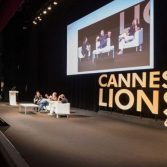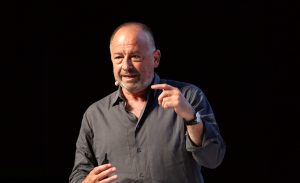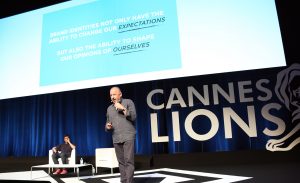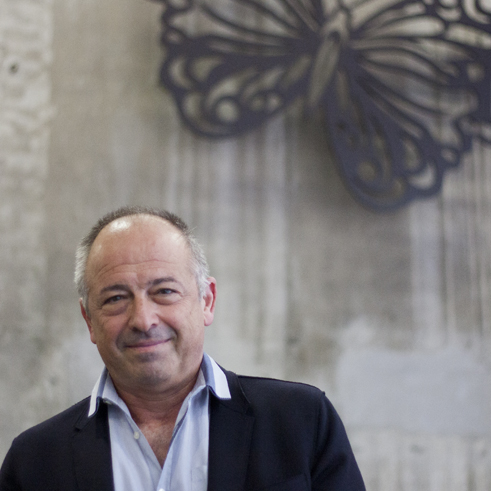Main Content

Where have all the design agencies gone?
It’s been 10 years since Cannes Lions introduced the Design Lions and it’s been four years since I first spoke at the festival. For some time, and more noticeably during these last four years the presence of design agencies has diminished year on year. This is evident from the overall lack of attendance and relatively few speaking sessions from design agencies (ours being an exception), to the lack of recognition design agencies are receiving in the Design Lions Awards. All one needs to do is look at the shortlist and see that the majority of winners are actually ad agencies and most of the work is advertising-led.
 What this stems from is a confusion between Art Direction and Design – while similar they actually require very different skill sets, and more importantly they actually achieve very different objectives. Whereas an Art Director sets out to translate desired moods and turn concepts into imagery, a Designer sets out to create tangible or intangible objects, products and experiences. It has always been difficult to differentiate between the two, it is especially so at Cannes when the Design Lions encompass everything from UX design and activation to more ‘traditional’ design like logos and packaging. In Cannes everything is viewed through advertising tinted glasses, from the judging to the content programme.
What this stems from is a confusion between Art Direction and Design – while similar they actually require very different skill sets, and more importantly they actually achieve very different objectives. Whereas an Art Director sets out to translate desired moods and turn concepts into imagery, a Designer sets out to create tangible or intangible objects, products and experiences. It has always been difficult to differentiate between the two, it is especially so at Cannes when the Design Lions encompass everything from UX design and activation to more ‘traditional’ design like logos and packaging. In Cannes everything is viewed through advertising tinted glasses, from the judging to the content programme.
The developing scenario is a threat to our long-term design authority. More and more brands and clients are attending Cannes and when they see ad agencies winning design awards, they think to themselves that maybe ad agencies can do our job, which is not the case. Brand-design agencies are specialists. We are trained in the art of creating the visual presentation of a brand. We think about the overall brand point of view and create long-term meaning, memory structures and visual equity. This is simply not what ad agencies do. By definition, and for very good reasons, they are focused on communicating their next campaign, the current proposition, or the new positioning.

Another issue is the criteria for what works. When the judges in Cannes discuss the effectiveness of entries, it often comes down to the amount of social success it has seen. Did it go viral? How many millions of impressions did it gain? What about the increase in sales? What about the return on investment? These are the statistics that I would be more interested in as a marketer. At the end of the campaign, how many more widgets did you actually sell? Or if you like – did it actually change a single person’s attitude towards the brand? Did it affect their behaviour? My entire session at Cannes was about the fantasy of decision-making and how brands that have been designed with meaning can actually change people’s behaviours in a way that no other medium, including advertising, can.
I don’t want to downplay the importance of advertising or social media success; both important aspects of any brand’s marketing mix. What I am saying is that without a solid brand identity and design to match, how will the ads have a lasting impact on your bottom line? Take Fearless Girl, the stand out winner at Cannes, which took home 18 Lions, including four Grand-Prix awards. There is no denying that it was a brilliant piece of work, but the question that remains is do those outside of the industry even know who the piece was commissioned for? SHE is not a fearless girl at all, SHE is a Wall Street asset management company’s CSR policy program.
Yes, it’s becoming harder and harder to define exactly what constitutes brand-design, but when a brilliant piece of design work comes along, we all take notice. Now we just need to make sure that the design agencies out there doing that work aren’t afraid to take on the ad agencies and prove to them that design really can make a difference.
Image credits: © BrandOpus
Image credits: © Michal Grosicki | Unsplash.com
